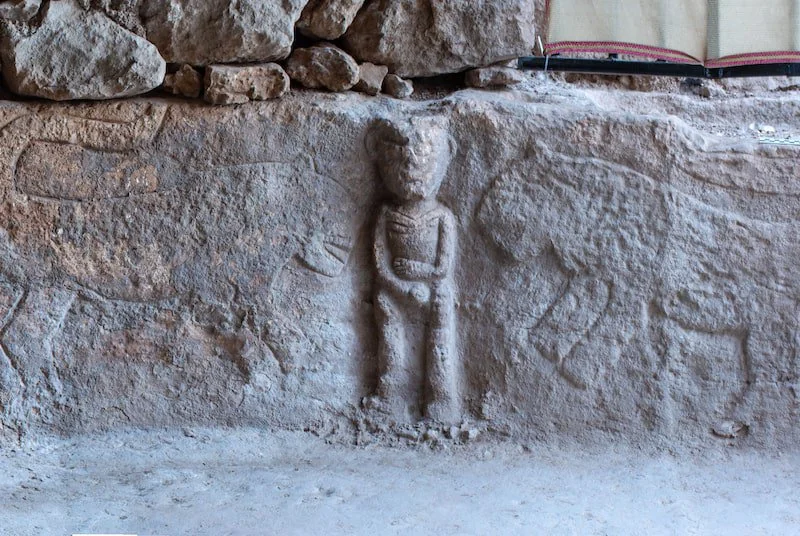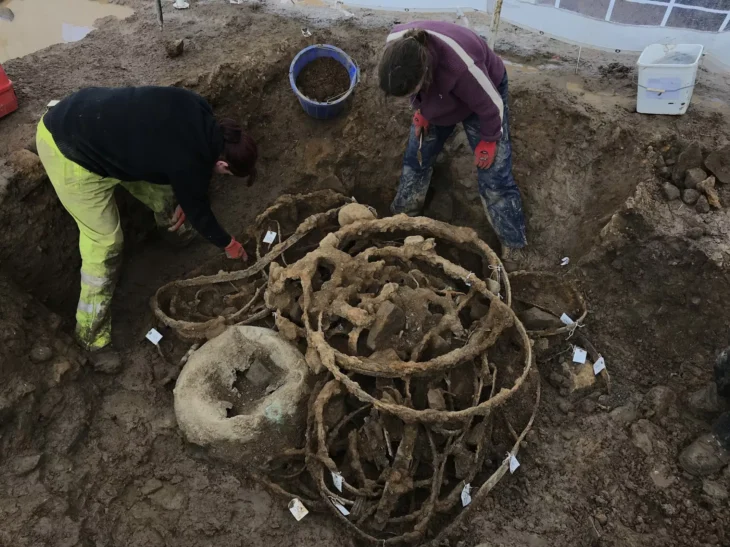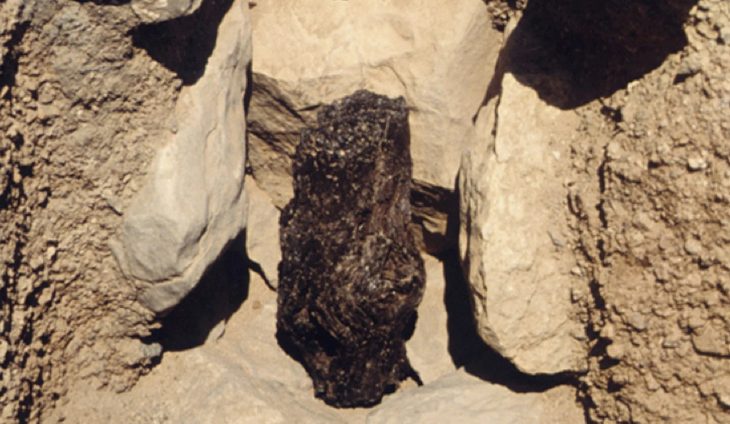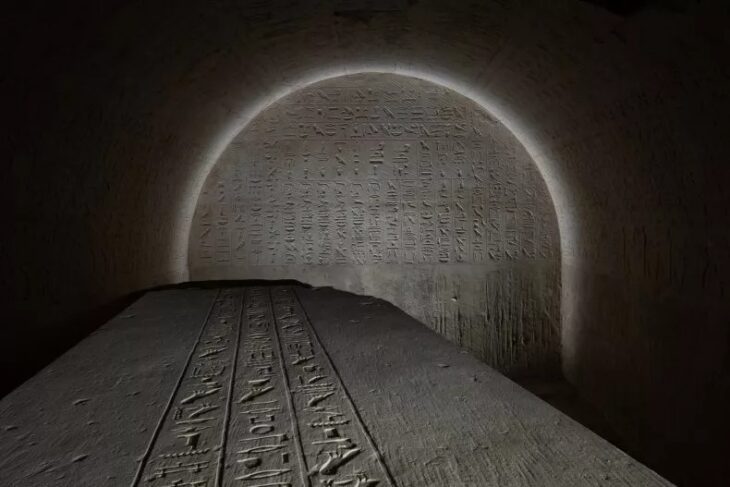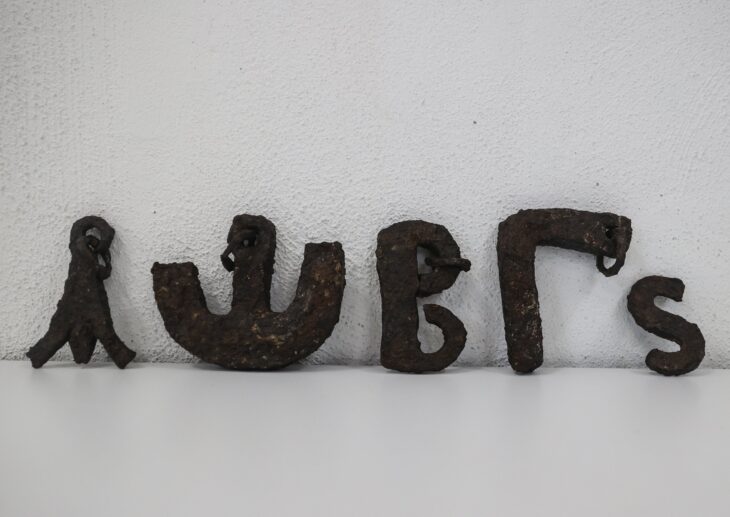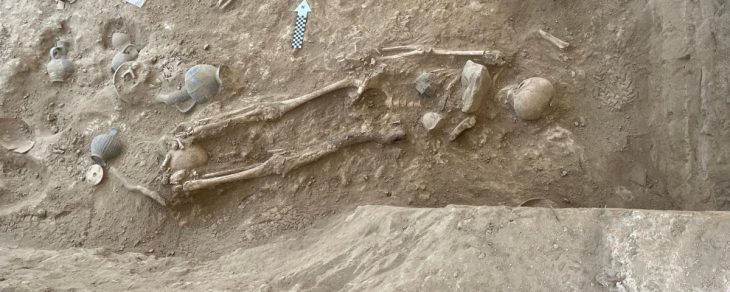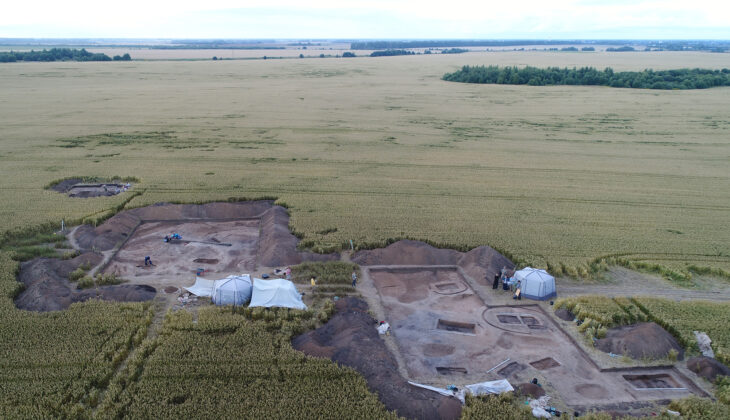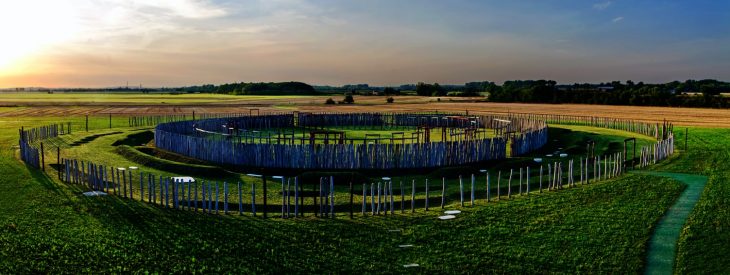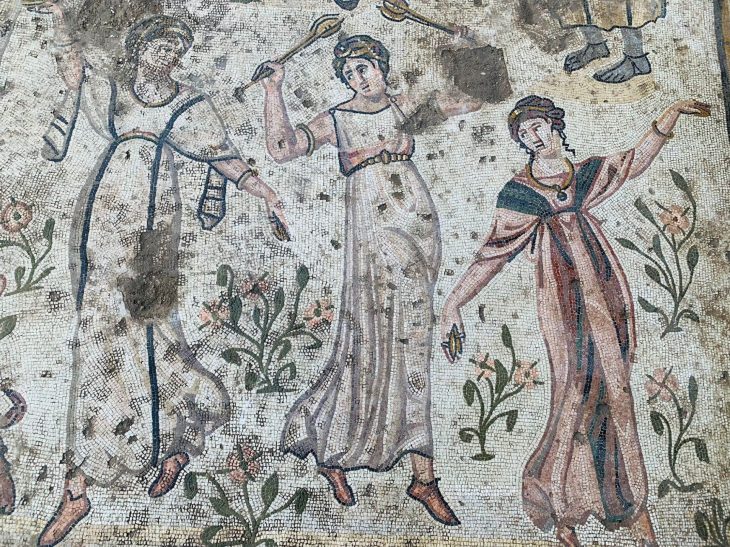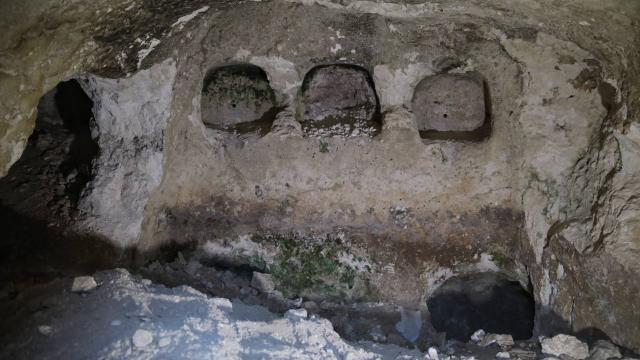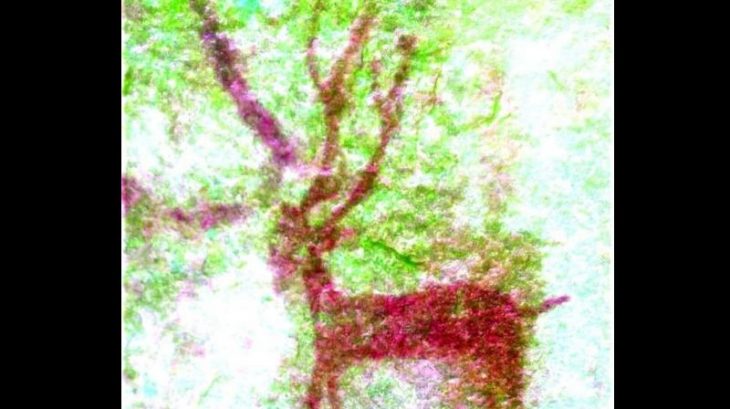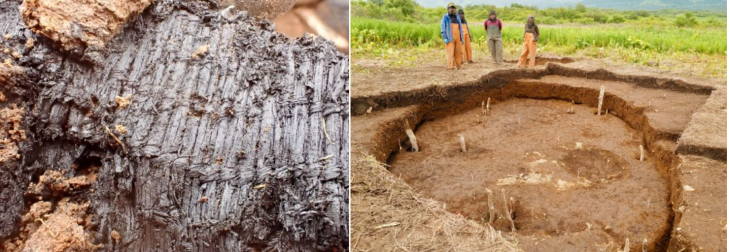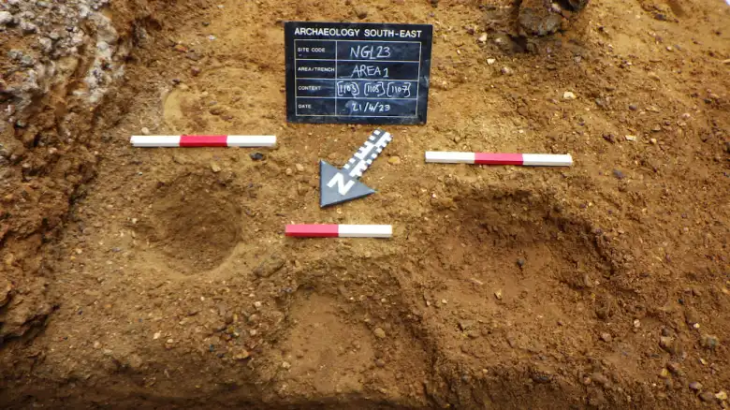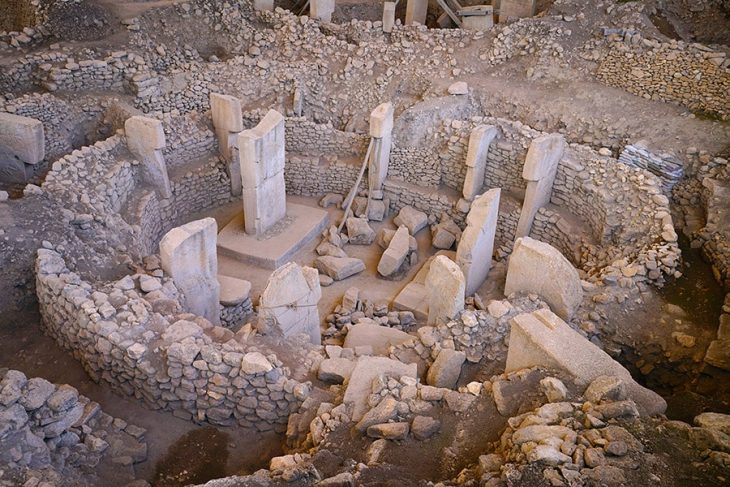In Sayburç, one of the Taş Tepeler in Şanlıurfa, a five-figure scene consisting of humans, leopards, and a bull was unearthed.
In the figures that are thought to be related to each other, there are two leopards with their mouths open on either side of the male figure holding his phallus with one hand. To the left of them, there was a man holding a snake and a bull standing in front of him with his big horns.
Sayburç was found in 2021 after the Şanlıurfa Archeology Museum was informed that obelisks parts were used in the garden walls of the village. Considered to be contemporary with the last periods of Göbekli Tepe, the Sayburç is also one of the Taş Tepes in Şanlıurfa, which consists of Göbekli Tepe and eleven other archaeological sites around it.
The excavations carried out by Istanbul University and Şanlıurfa Archeology Museum are led by Associate Professor Eylem Özdoğan.
During the 2021 excavation season, a circular planned pit-bottomed building was found that into the limestone bedrock. Along the wall of the building, which is about 11 meters in diameter, there is a bench about one meter high, again formed from the bedrock. In a small area that survived the destruction at the rear end of the 60-70 cm wide bench, the covering wall of the building still stands.
📣 Our WhatsApp channel is now LIVE! Stay up-to-date with the latest news and updates, just click here to follow us on WhatsApp and never miss a thing!!
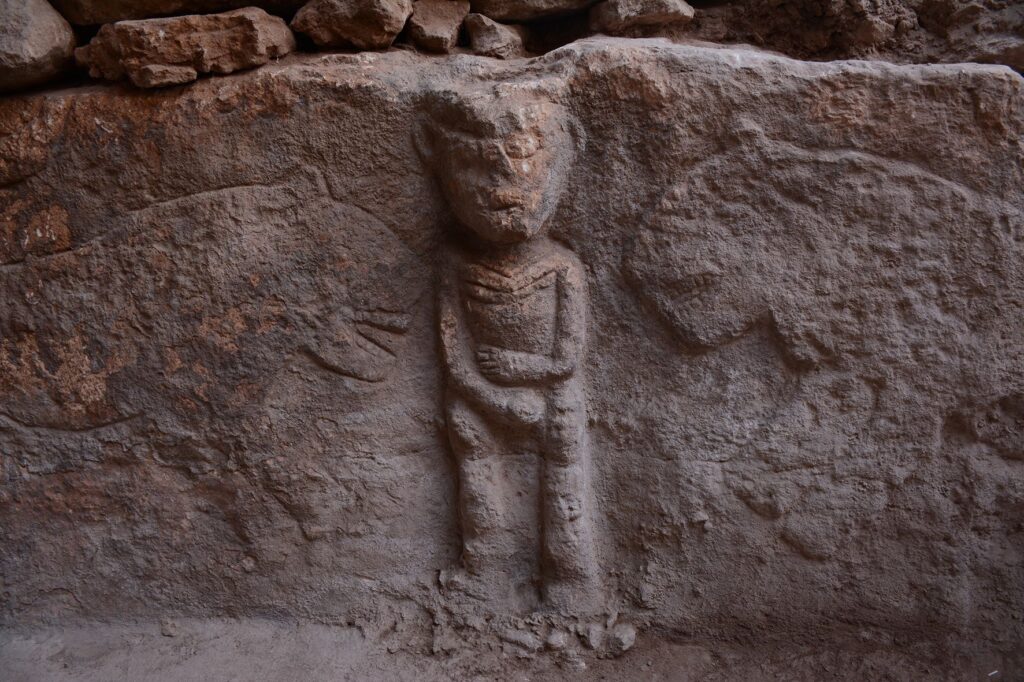
On the front of the bench, there takes place five interrelated figures in reliefs carved into the bedrock surface. In the three figures in the eastern part, there is a human depicted from the front and two leopards facing humans on either side, which are identical in form. Both leopards are sideways, their mouths open, their teeth visible, their tails depicted above. The male figure in the middle is holding his phallus with his right hand, and his left hand is on his stomach. The lines in the form of a triangular necklace or collar around the neck of the male figure are seen in many of the Neolithic human figures in the region.
To the west of the scene is another person, whose back is turned to these figures, and who is understood to be a male by the extension of the phallus. This figure, depicted from the side like a leopard, is facing a bull. This person, who appears to have six fingers on his left hand, is holding an upside-down snake with his left arm up, with his right hand. The face of this figure is looking towards the bull.
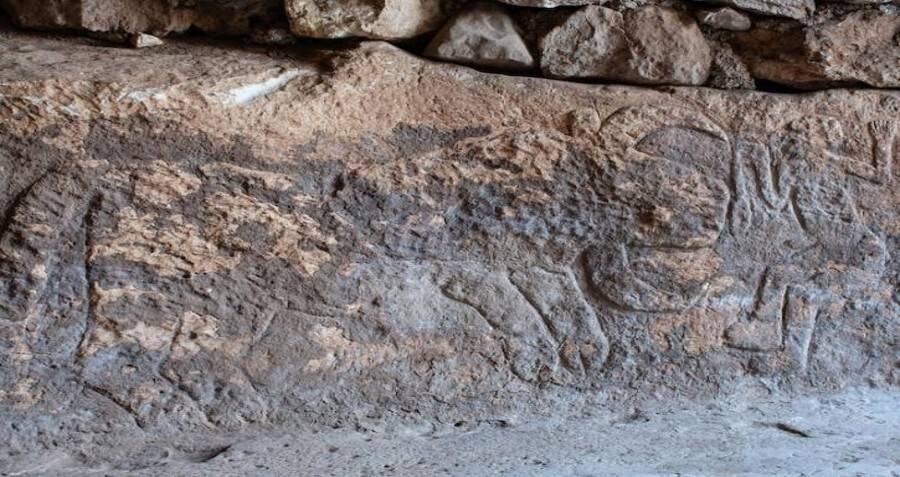
The earliest examples of Phallus
As an archaeological object, it is possible to see that the phallus was made for different purposes and forms.
In the last Paleolithic period, the concept of the phallus began to be embodied. The first incarnation of the phallus is the Cosquer Cave, near Marseille. A phallus is depicted in one of the halls of this cave, which is dated 27-19 thousand years ago. This painting, made by scraping, is the oldest phallus painting in the world, at least for now. The oldest known three-dimensional phallus to date was found in the HohleFels Cave, near the city of Ulm, Germany. The phallus found in the archaeological excavations in the cave in 2005 is 20 cm long and 3 cm in diameter. This early phallus statue, dated to approximately twenty-eight thousand years ago, is the oldest example of this sign. The production of the phallus indicator, which started with art, has continued uninterruptedly and in almost every geography and culture until today. (Wunn ve Urban 2015; Ellis 2009: 481)

